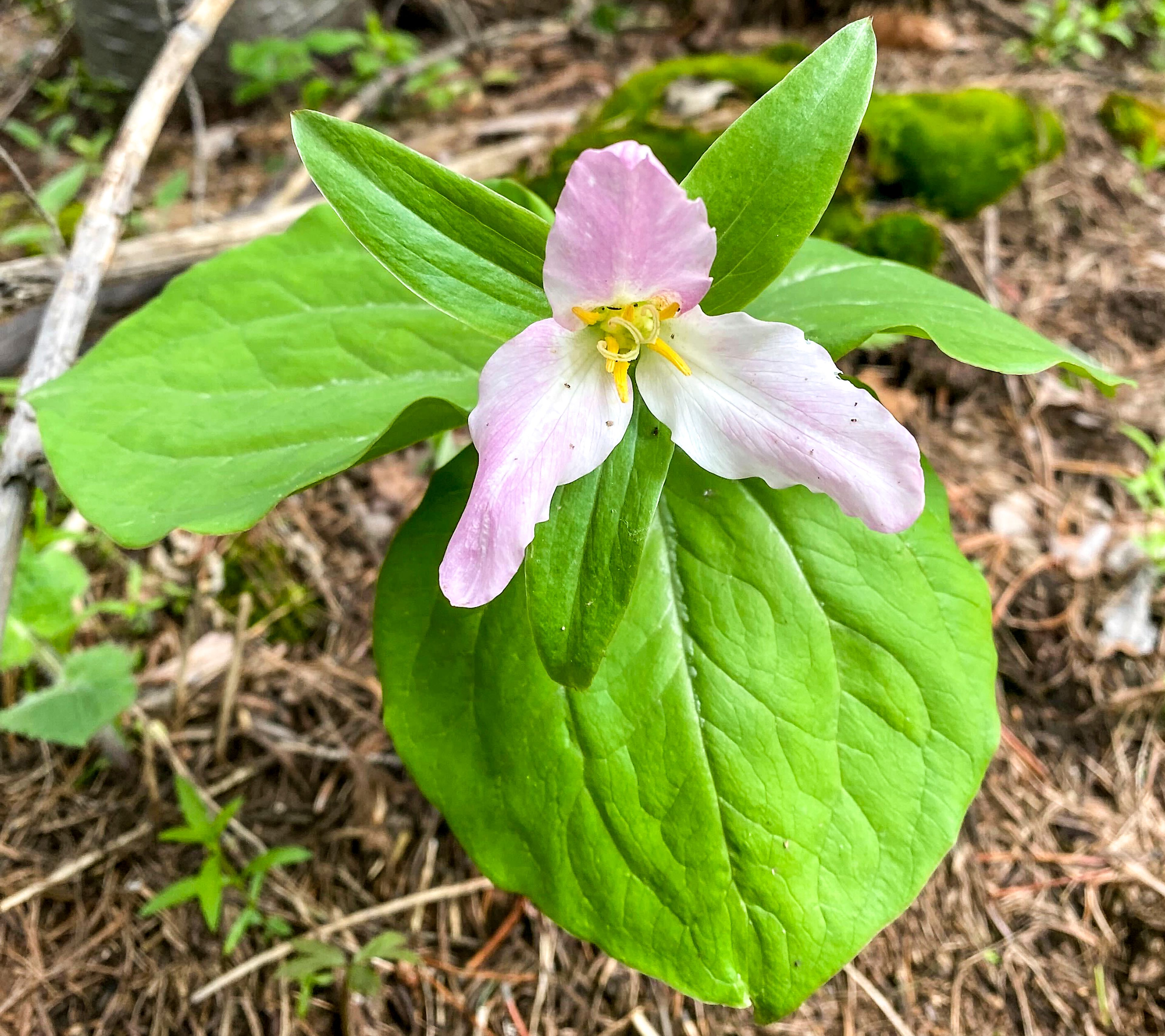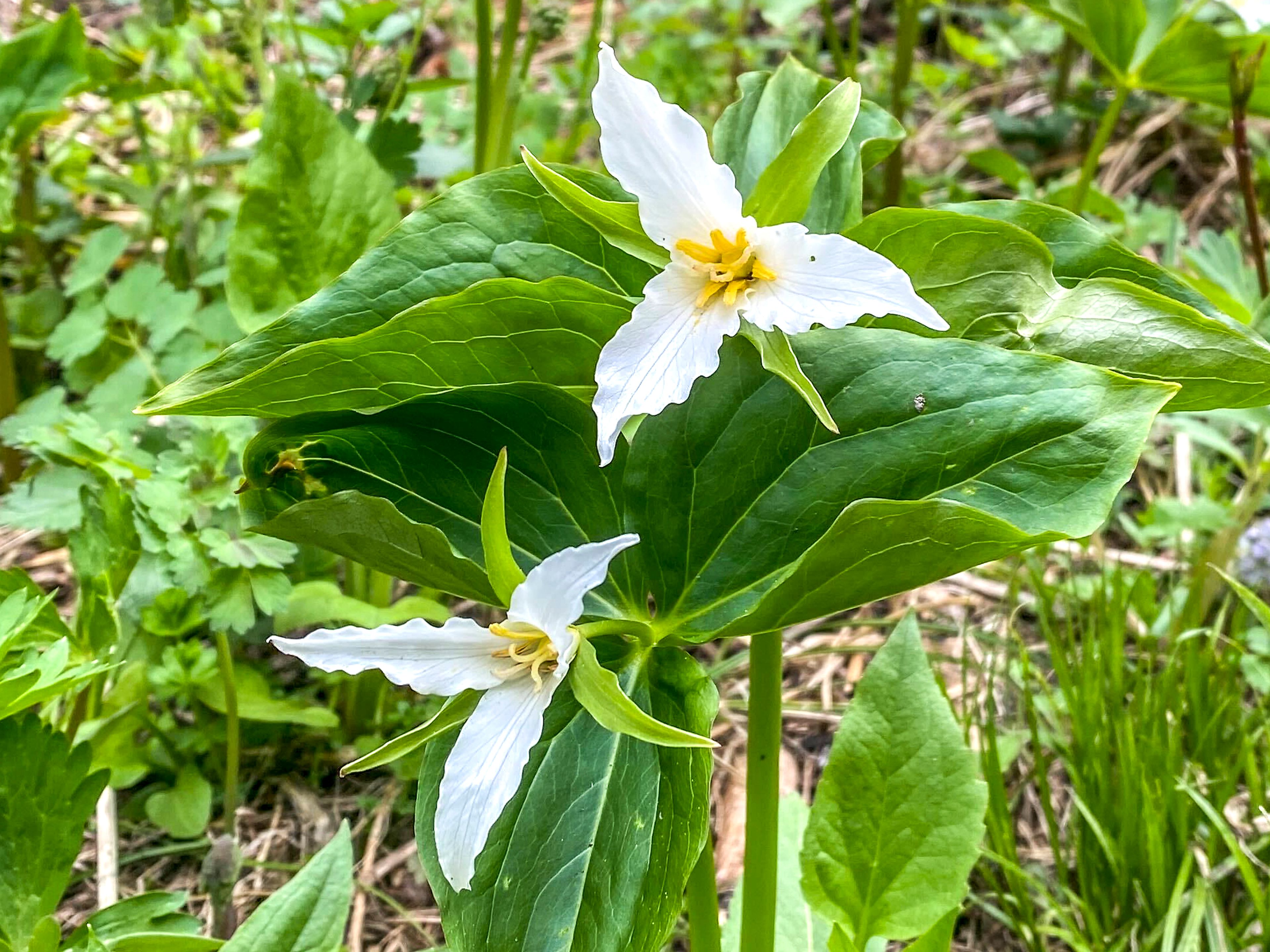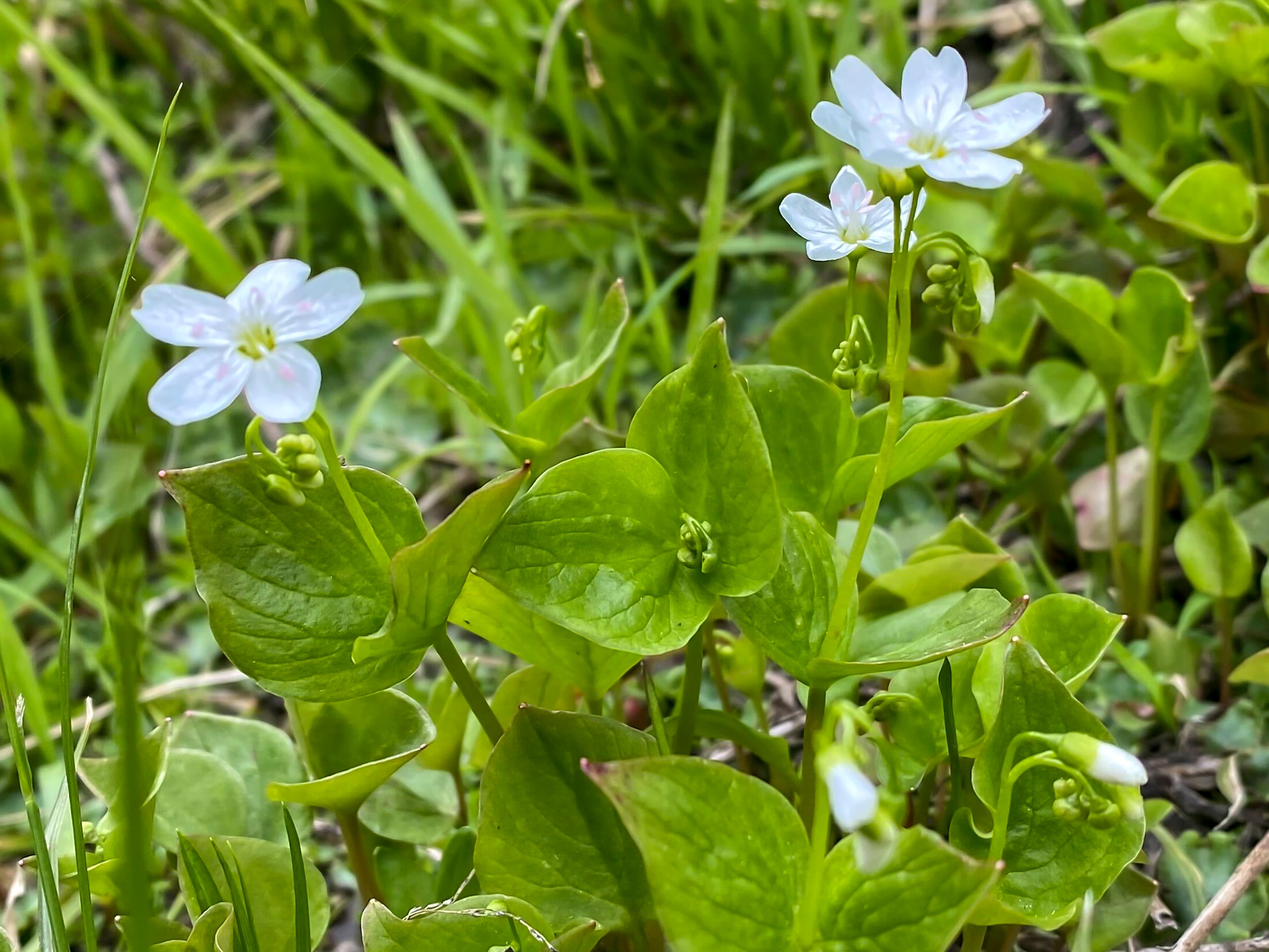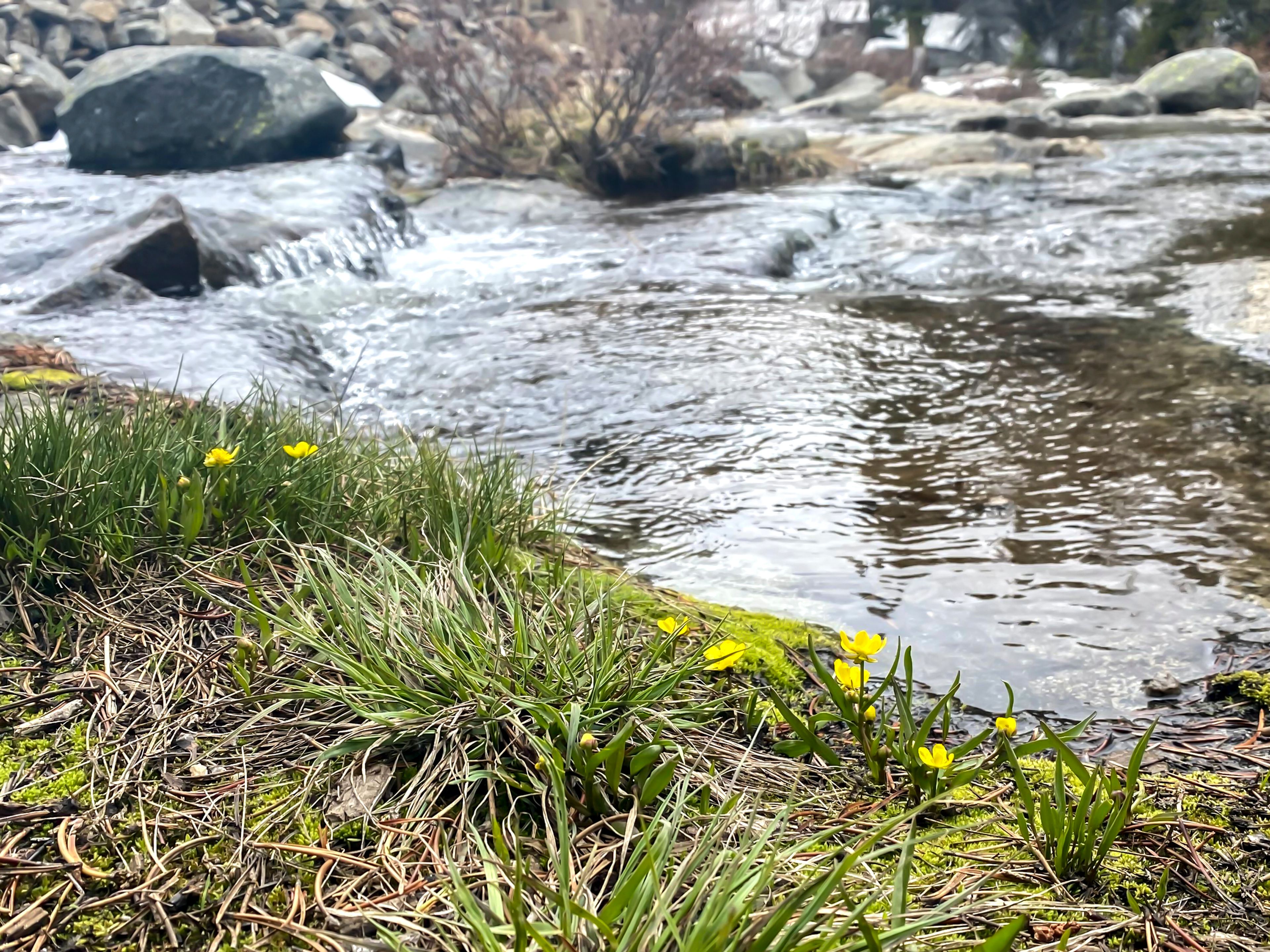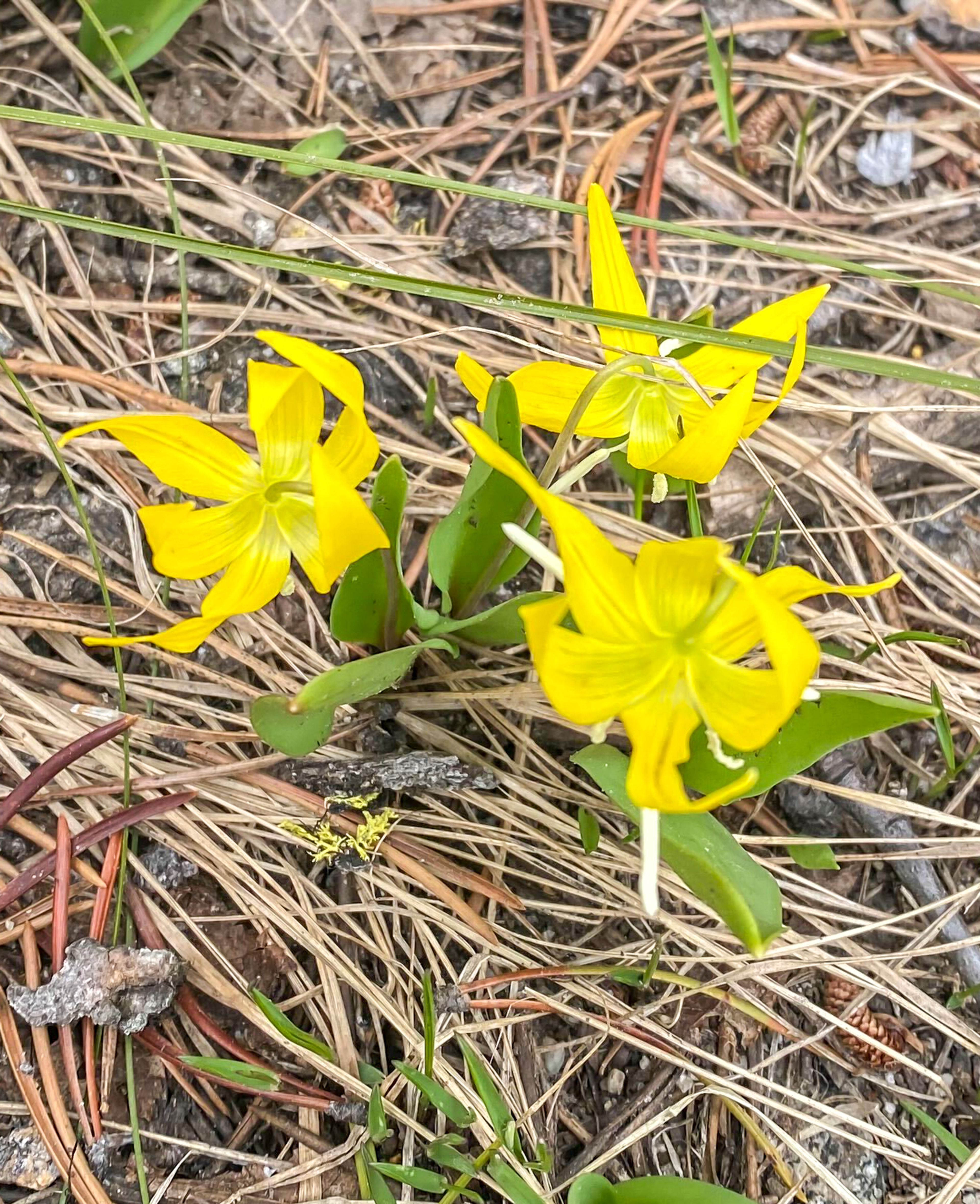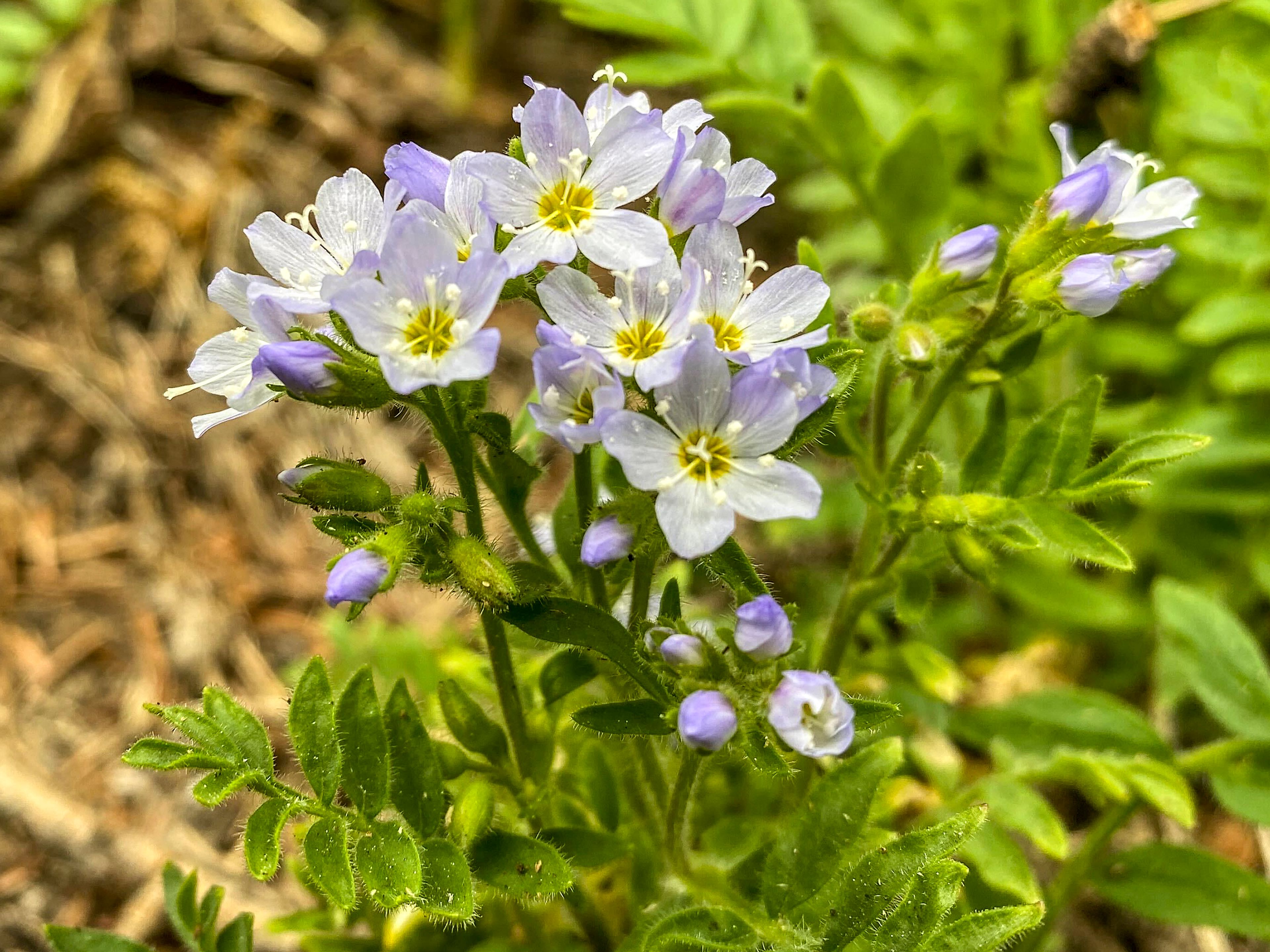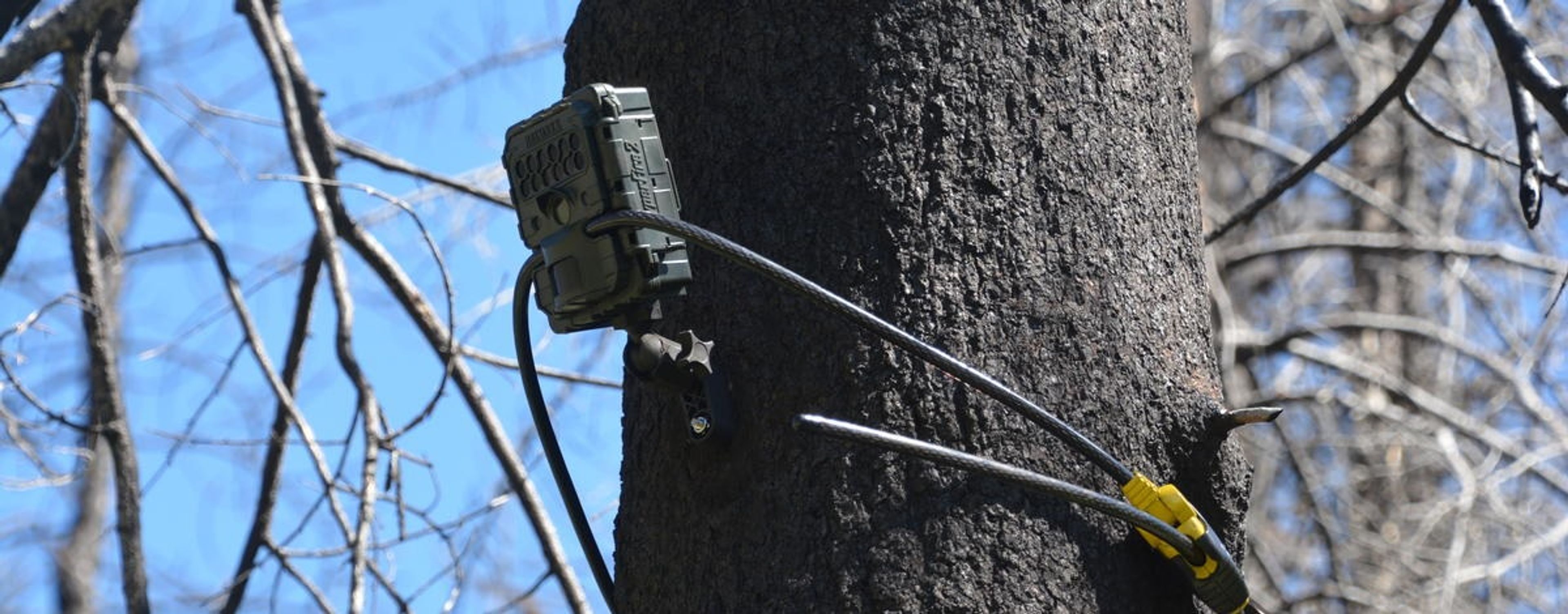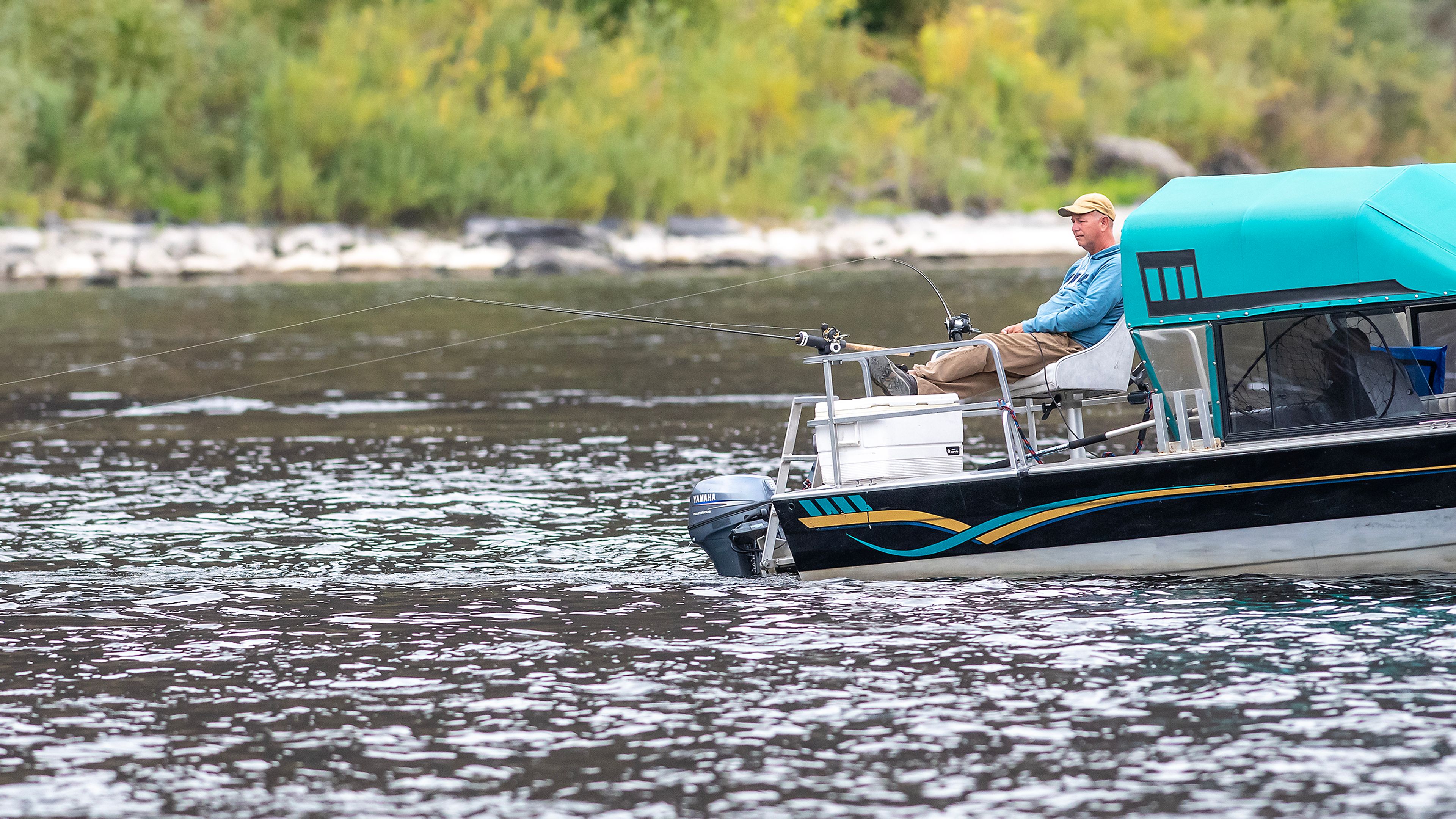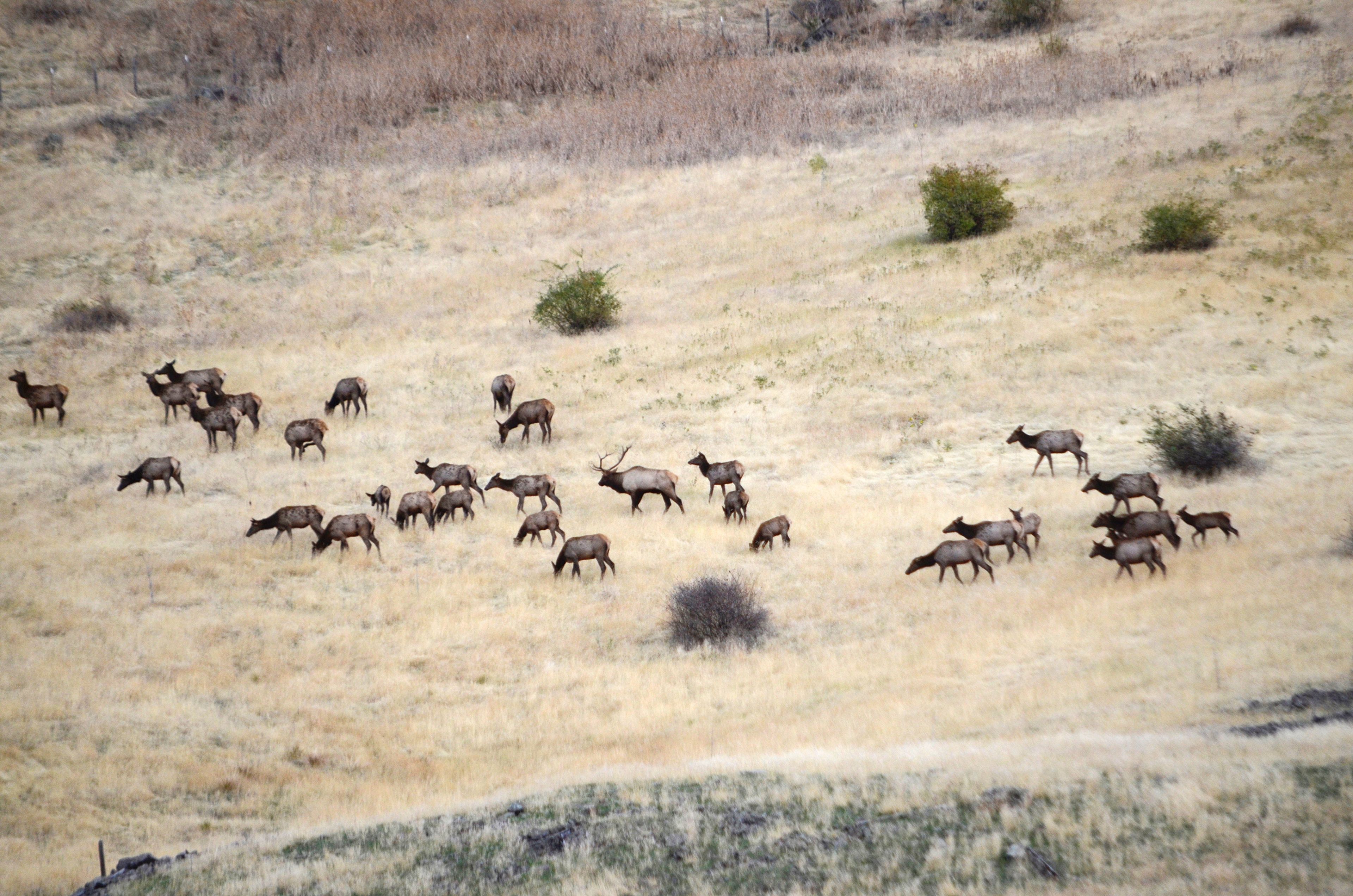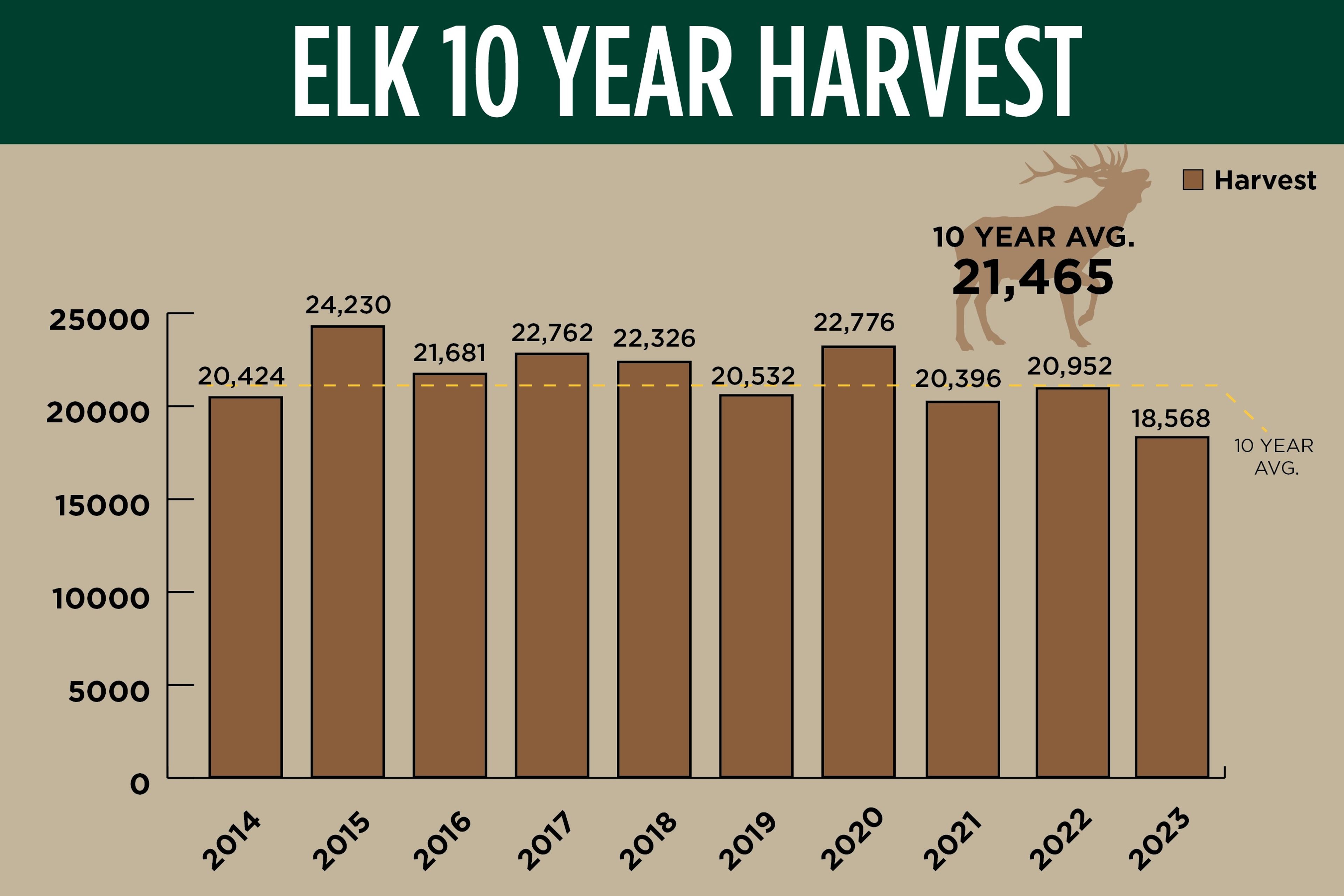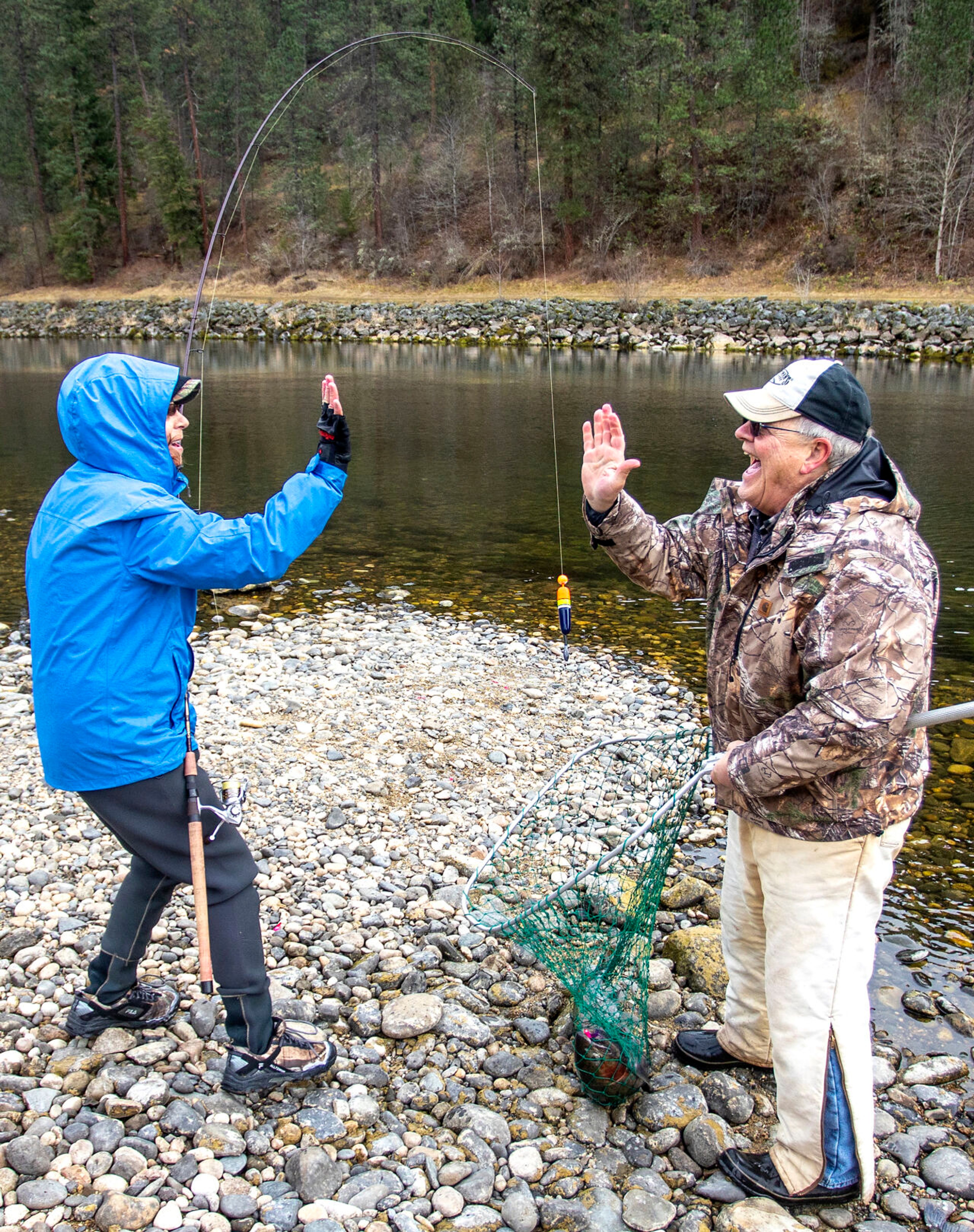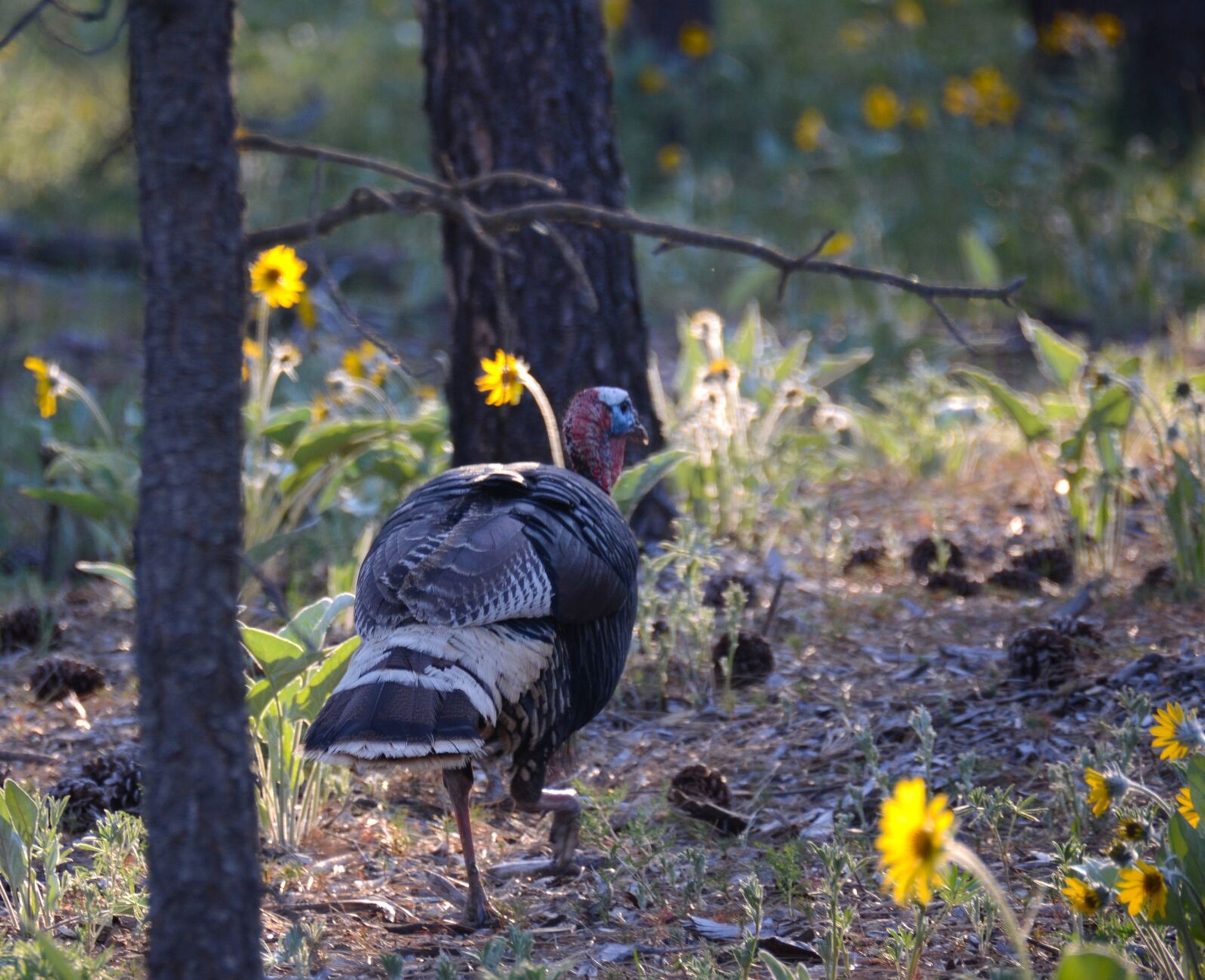While early bloomers begin a vibrant show, central Idaho mountainsides have never seemed more lively.
Snowmelt is rushing into alpine lakes, spilling onto slopes and ridges below. The runoff is waking iced over streams, sprouting underbrush and wildflowers that adorn almost every hill and valley.
Meadows will be covered by blossoming flowers as the summer season follows. The pops of color embellish lush paths for hikers to admire.
Boulder Lake on the Payette National Forest is still frozen over. The popular hiking destination east of McCall displays the snow capped peaks of Boulder Mountain, scenic cascades and striking vistas from stone-speckled cliffs.
Its dense forests create an ideal environment for wildlife and vegetation to thrive. Flowers like trillium, spring beauty, Jacob’s ladder, yellow avalanche lily, buttercup and more can be spotted among the thicket.
Trillium
Often a spring favorite among hikers, these perennial flowers are hard to miss.
A part of the Liliaceae family, they’re characterized by having three petals and three sepals, coming in many colors like white, pink and red with age.
Trilliums grow in well-drained, moist soil and are found in forests, according to the U.S. Forest Service website. They’re commonly found along stream banks or in deep woods, blooming mid-spring to early summer.
Where there’s one, there’s many. Trilliums come by the dozens and are found across North America.
These flowers, though beautiful, should be left in the wild. They’re subject to pressure from habitat loss and land-use changes, according to the United States Department of Agriculture’s website.
Spring beauty, Claytonia lanceolata
This delicate flower can barely wait for the snow to melt. They’re one of the first to blossom after winter thaw.
Spring beauty is a member of the Montiaceae family, which has five pinkish-white petals and matching stigmas. It’s easy to misidentify them, as lookalikes like wood anemone and hepatica grow nearby.
The plant is found in moist soil across North America, and usually below snowbanks anywhere from alpine meadows to lower foothills, according to the U.S. Forest Service’s website. They can bloom as early as February, but are usually found in the spring and early summer.
The flowers, stems and leaves of spring beauty are edible. They’re a go-to snack for grazing deer, bears and other animals, according to the website.
Jacob’s ladder, Polemonium reptans
The blue, bell-shaped flowers of this plant add another element to the wild’s charm. Budding in shaded, lush woods, its hue creates quite the contrast among its surroundings.
The herbaceous perennial is a spring ephemeral wildflower, part of the Phlox family. Its leaves stand out from the bunch. Compact and pinnate, or tightly arranged on either side of the stem in pairs opposing each other, they resemble ladder rungs.
Jacob’s ladder is found in moist, rich soil across the nation. Though it’s a spring flower that blooms in mid-spring, the plant can persist well into the later summer months. They’re more commonly found in the Midwest, Appalachia and the Great Lakes regions, according to the U.S. Forest Service’s website.
While cultivated, it’s rare to find these in the wilderness, according to the U.S. Department of Agriculture’s website. Habitat loss is dwildeling their numbers.
Yellow avalanche lily, Erythronium grandiflorum
These spirited flowers are one of the first to welcome spring to Western regions. They appear along the edges of receding snow banks, easily spotted by their cheerful shade.
The member of the Liliaceae family is characterized by six yellow petal-like tepals, that curve back to reveal white, red or lemon stamens, according to the U.S. Forest Service’s website.
Yellow avalanche lilies carpet mountain meadows in late spring and early summer. They grow in moist soil from British Columbia down to Southern California and New Mexico, according to the website.
The plant is prized among bears and deer, often eaten down to the bulb. Indigenous populations would harvest and use them in stews or other dishes, according to the website.
Buttercup, Ranunculus glaberrimus
Though they look like a delicious snack, buttercups are usually avoided by wildlife for being toxic. The dainty flower can cause irritation and even blisters, according to the U.S. Forest Service’s website.
Buttercups belong to the Ranunculaceae family, with five to eight shiny yellow petals that can turn white with age. It’s known to be the first sign of spring, sprouting as early as March and blooming in May, according to the website.
The spring wildflower prefers wet or damp soils, and is widespread across sagebrush flats and mountain meadows. It’s commonly found in Western states, according to the U.S. Department of Agriculture’s website.
Buttercups as a whole are poisonous, and shouldn’t be handled or consumed. They contain irritant oils that can cause inflammation to the skin or digestive tract, but in most cases are never fatal, according to the website.
While many wildflowers are an enticing keepsake for collectors, most should be left alone. Conserving habitats is paramount to the futures of wildlife and beautiful national forests.
Pearce can be reached at epearce@dnews.com
